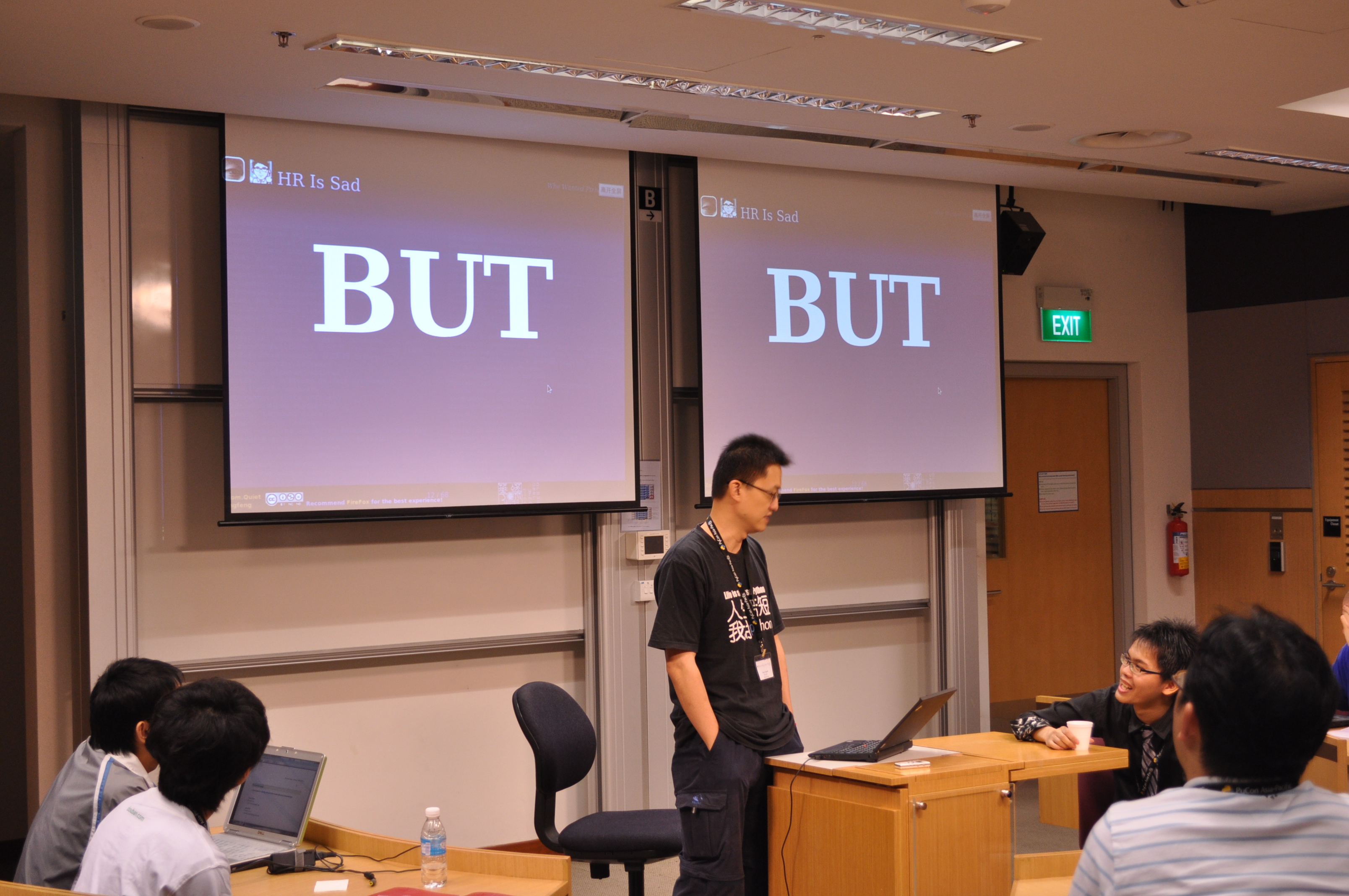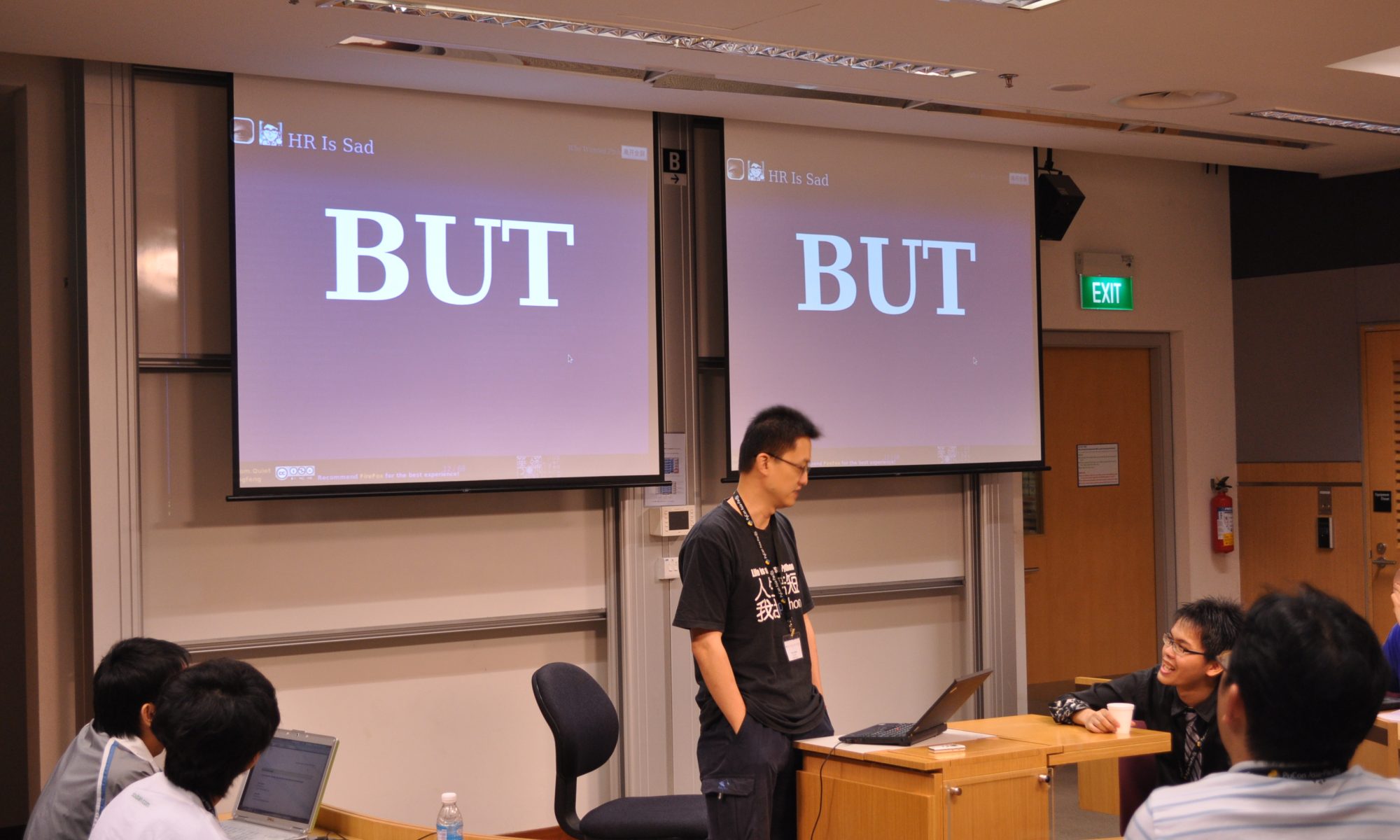Language is one of the primary tools in any career. We use language to formulate ideas, collaborate, express ourselves, and inspire others. There is a group of people who use language differently and spectacularly. Moreover, all of us can learn from them. These are the professionals involved in synchronous translation. Read more here, here, here, and here.
Speed up language processing
As an expert in accelerated learning, I am fascinated by people who can process information quickly and reliably. Personally, I know several languages but always have trouble translating between them. It turns out we need a separate and very specific training to acquire this skill. Moreover, if you do not train all the time you might lose the required mental dexterity.
I never had a sufficient incentive to train synchronous translation, but I will provide a description of the required training. Each time I will explain what speedreaders can learn from this.
Multilingual fluency
As a prerequisite, we are expected to be fluent in multiple languages. For me, fluency is the ability not only fully communicate, but also think and dream in the target language. I am fluent in three languages to the point of full speedreading, but can translate from more. My grandmother could speak freely twelve languages but was fluent only in three.
When we are fluent in certain languages, we can process all the required information in one language without needing another. This means very low connectivity and cross-talk between the languages. In fMRI images of truly multilingual people different parts of brain switch when they process the same text in different languages. Even my character changes as I switch languages. The translation between the languages feels very slow and inaccurate as I need to search each phrase of one language in the vocabulary of another.
People who need to translate constantly between their languages need to train additional neural connections between the brain zones responsible for the particular languages.
The role of training
As we translate, at first slowly and then faster, the neural connections of the common phrases between languages become stronger. At the same time, the processing becomes more uniform between the languages. This is especially true if we use multiple languages.
Translating from Russin to English and from English to Hebrew is slower and less accurate than the direct translation from Russian to Hebrew. Google translate has multiple translations between English and target language, yet it has very few direct translation paths between the languages. A person that needs to translate directly between many languages, needs to process these languages in a similar way to reduce the processing load on the brain.
The translation also includes keeping the cultural context of multiple cultures and multitasking these contexts so each party is happy. This requires a staggering amount of brain-power. So, in addition to pure training, certain tricks must be used.
Only one person is talking
In most conversations, only one person is talking while the others are listening. Then another person starts talking. Translating a synchronous shouting match would be a total nightmare, but it is not required.
Moreover, there is an expected latency of interpretation called decalage. A decalage is the length of time between the start of the speech and the beginning of the interpretation. Typically it is 2-4 sec. Good interpreters have a long decalage, which requires very good working memory for spoken texts.
This ear-to-voice-span is trained similarly to the way we train visual span, slowly recruiting more brainpower to process the information it was not meant to hold. This would be similar to reallocated programmable gates on a chip to cache memory instead of processing logic.
The latency is relatively small, and not sufficient to change dramatically the structure of the text. Even pauses in the source and target languages remain roughly in the same position.
Triggers
Certain triggers can activate the moment the interpreter starts his translation.
- Waiting. Mainly waiting for a paragraph break or a pause in conversation for several seconds without feeling uncomfortable.
- Stalling. Useful when the sentences are long and if there is a large distance for example between the verb and its modifier (like in German). The delivery (or visualization) of the content slows down and is padded by not very informative details.
- Chunking. When the sentences are built very differently, for example in German-French translations, parts of the sentence are translated independently of each other and not waiting for the full semantic disambiguation.
We use very similar techniques trying to visualize the texts we read.
Anticipation
To reduce the latency, good interpreters learn to anticipate what is likely to be said. In all honesty, most of the texts we write and significantly more of the texts we speak are predictable. The author of the written text can take time to formulate his thoughts in a way that will not bore the readers and edit the texts if he fails in the first attempt.
When we talk, mere mortals do not have time to process our own thoughts, the responses of the partner, build a winning strategy, and sound interesting at the same time. There will be micropauses when we try to process the information, common phrases which will be reused through multiple speeches, parasitic words that do not contribute semantically.
A good interpreter listens to the speaker and the subject of the conversation for a while, as a preparation for the job. Then during the job, most phrases are well anticipated and quite common. If the speaker becomes original and surprises the interpreter, which is very rare, there is an uncomfortable pause and possibly reduced translation accuracy.
We have a very similar process creating speedreading visualizations. Most of our visualizations are reused with different details. Creating ALL the visualizations from scratch would be slow, and it takes time to come up with the most effective visualizations.
In any case, one of the things that distinguish a good interpreter is the ability to anticipate. Effectively this reduces information processing requirements and increases the decalage.
Emotions and metaphors
The intonation and the mimics of the speaker allow better anticipation of the communication. But this is not the main thing. An interpreter should be capable of interpreting the emotional state of the speaker with respect to the cultural norms of the languages. Some languages are warm and full of emotional exclamations, while other languages are accurate and laconic.
The Russian language is full of semantic nonsense with deep emotional meaning. For example, a Russian person can say “da niet” which means literally “yes no” in many ways, each with its own emotional charge. For example “I understand you but no”, “even so”, “you are right with the following exception”.
Asian languages are full of beautiful metaphors, which are very visual. A literal translation of a metaphor would sound strange, instead, they are typically translated into different metaphors in the target language. In a similar way, we may choose to preserve visualizations we find in our texts or translate them. In English, we can use “the heart of the sea”, “deep blue”, ‘high sea” preserving the meaning. “High sea” would not translate to other languages I know as well as “the heart of the sea”.
If we use the same visualization in different languages for roughly the same metaphors and emotions, the anticipation is better, translation speeds up and gets easier.
The code of ethics is another interesting issue. We do not want to use dirty language as interpreters, and we want to use pleasant visualizations so we will like to reuse them. This requires some sort of discipline…
Context
We can anticipate the text, disambiguate the words, and create meaningful metaphors since we understand the context of the discussion. If the context changes and the words are used slightly differently it is very hard to understand the conversation.
During WWII, the Americans used Navajo language as a secret code. Japanese actually captured several Navajo speakers who did not know the code and asked them to translate. They did not understand the code and their direct translation sounded something like huge bugs dropping dew into frying pans. In a similar way, if we listen to conversations of organized crime members we might not understand what they are talking about.
We cannot understand the text accurately without the context. When the speakers decide to change the context it is a common courtesy to refocus the person who is listening.
Our speedreading visualizations also change when the context changes. We usually end one mental palace or mindmaps and start another. Without the context, the language loses a lot of its meaning.
Shadowing
We can practice the skills of interpreters without fluency of languages, simply by translating the texts of the speakers from English to English. This trains the brain to the complex multitasking of listening and speaking at the same time. This improves memory skills and allows you to practice the interpretation of the speaker. Try to interpret a University course to a 12-years old and see what happens…
When we read and visualize text we use similar multitasking of visual modality. Is it profoundly different? Probably no. My students continuously ask me about the latency between reading and visualizing…
While speedreading we write down the things we memorize. When interpreting we take videos and compare what we look like to the desired effect. Similar purpose, slightly different tools.
Pure subvocalization
Another cool exercise used by interpreters is the total opposite of subvocalization training. I quote:
Listen to a 30-second speech while writing out a series of numbers (doing another structured task). Try to repeat what you heard, using a recorder to monitor yourself, and see how much you retained and lost. This is will train your brain to somehow concentrate on both tasks without sacrificing quality.
Warming up
Another helpful technique interpreters use is warming up. Before starting an interpretation, they translate some practice texts to “warm up,” allowing relevant semantic contexts to come to the surface and be readily available for use.
Warming up also helps reduce stress and boost confidence. When we’re focused on our task, our minds are less likely to be distracted by unrelated worries or concerns.
Another way to warm up is by introducing yourself to the person you’ll be interpreting for and simply listening to their speech patterns. When reading texts, you can quickly scan and visualize the conversation, making the interpretation smoother and more effective.
Adjust your volume
Professional interpreters adjust the volume in their head speakers. They are very precise in their words and do not share extra words. They control their voice and stay calm.
When I speedread I use a good big screen, with brightness and contrast adjusted to the room illumination. Visualizing I do not visualize details that do not appear in the text. I do not allow the text to change my emotional background and do not allow my emotions to influence the visualizations.
All professionals use diaries, and practice daily to keep their tools “sharp”.
If you want to be professional in some area, you cannot sacrifice your professionalism…


Get 4 Free Sample Chapters of the Key To Study Book
Get access to advanced training, and a selection of free apps to train your reading speed and visual memory

